Omotesando is a high-fashion trendy street lined with international brand shops, new-to-come designer's shops, and stylish cafes. Just walking from Omotesando station to Harajuku station will be an interesting stroll. You will find that the most conspicuous buildings are international brand shops. Omotesando Hills (retail and residential) is the landmark building designed by Tadao Ando. Harajuku has long been the fashion town for teenagers with funky clothing shops and character shops. The contrast to Meiji shrine, which is located nearby is interesting to see. Lastly, there is an area called Urahara (meaning backstreets of Harajuku). Here, you will find tiny clothing shops that are owned by young shop owners. Many popular street fashion designers have their shops here.
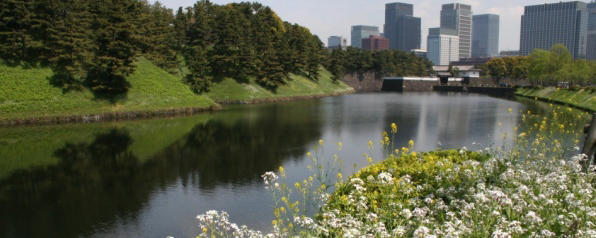
At a glance
For travelers from overseas, experience in Tokyo can be wonderful for some, but frustrating for others. Tokyo is a gigantic maze. This is partly true. However, if you are instructed first-hand on how to get around major districts and how to use subway and trains, you will be able to explore this town with ease. Tokyo is one of the most expensive cities in the world. This is also partly true. However, if you are advised by savvy natives, you will find very nice restaurants and shops at reasonable prices.
Tokyo is at the forefront of culture, fashion, dining and architecture. The enjoyment of Tokyo comes from this constantly-moving, vibrant and diverse culture. This is a capital of contemporary culture. When it comes to dining, we've got everything from typical Japanese food to international cuisine. This is also one of the most interesting cities architecturally, filled with latest design skyscrapers and avant-garde buildings.
If you are a nature lover, visit Mt. Takao or Mt. Mitake, known as historical ascetic training area. Escape from the hustle and bustle of downtown Tokyo, enjoy the wilderness which you cannot imagine this is Tokyo, and a hike in the sacred ground.
Here in Tokyo, we recommend you to spend time like the Tokyo locals, just like you spend time in your home city. We have valuable information particularly for those who do not prefer "follow-the flag" type of sightseeing.
Highlights
Omotesando
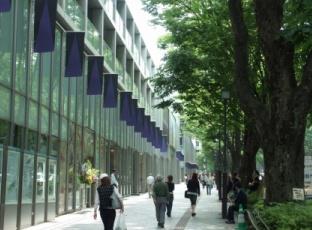
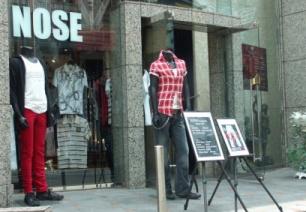
Asakusa
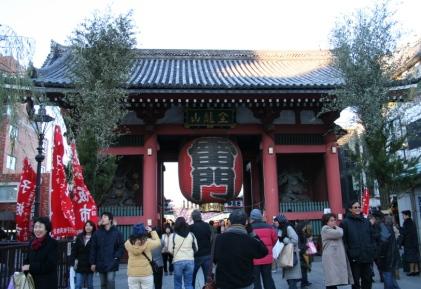
This is probably the most-visited sightseeing district in Tokyo. People can feel the nostalgic atmosphere of Edo era (1603-1867) when walking thorough Nakamise Street from Kaminarimon to Sensoji. In short, you can experience old-fashioned Shitamachi (literally "downtown" or "low town") Edo culture which is still preserved. Some say that Asakusa's old downtown has been overly-commercialized, but it is worth exploring on foot meeting the local people with a welcome downtown spirit.
Imperial Palace and its neighborhood
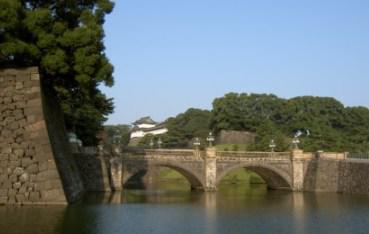
Imperial Palace is the residence of Emperor family. It used to be Edo Castle, where Tokugawa Shoguns who ruled Japan from 1603 to 1867 lived. Most travelers stroll over the outer garden of imperial palace called Kokyo Gaien. The Nijubashi (bridge) is a very famous photograph spot. East Garden is a place worth visiting, where shoguns lived in the central fortress of Edo Castle. However, some people find it somewhat disappointing that the donjon does not exit any longer since it has not been rebuilt after a fire in 1657 (If you expect magnificent beauty of Japanese castle, you should visit towns like Matsumoto or Himeji).
You cannot enter the actual palace (inner palace) except on January 2 and December 23 (present Emperor's birthday).
For runners, jogging around Imperial Palace, a 5 km course, is an experience not to be missed. The palace is located in the center of Tokyo. Famous views will keep coming into sight, such as gates, bridges, moats and massive stone walls of Imperial palace, business center of Japan in Marunouchi and Otemachi business district and National Diet Building. If you are not a runner, it is worth just walking the course.
By the way, in the late 1980's when Japanese real estate was experiencing a bubble boom, the grounds of the Imperial Palace were estimated to be worth more than the whole state of California.
Tsukiji

Tsukiji is a must-see place not just for sushi-fans. Tsukiji is the one of the largest wholesale fish and seafood markets in the world. Daily trade value amounts to as much as $ 30 million. Just wander around the Jogai market and you will find not only fresh seafood, meat and vegetables but many necessary ingredients that add charm to delicious Japanese cuisine, such as konbu (kelp)and katsuo-bushi (dried bonito fish, respectively, for making broths), nori (sheets of laver) and even rolled eggs. Of course, the highlight of the visit to Tsukiji is definitely sushi restaurant. You can enjoy the freshest sushi lunch for about 30dollars.
On visiting Tsukiji, scheduling is very important. Tsukiji market is closed on Sundays, national holidays and most Wednesdays. Also you should plan a morning visit since most of the shops open in the early morning and closes around noon.
Mt. Takao & Mt. Mitake
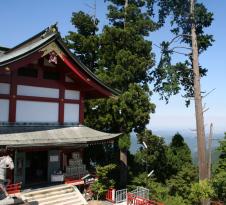
Visit sacred mountains in Tokyo within 1.5 hour by local train. If you love walking in nature, but have no time to travel around Japan, Mt. Takao and Mt. Mitake can be recommended.
Mt. Takao is known as a Michelin awarded mountain in Tokyo. From the mountain base, a cable car ride and a short hike will take you to the top of mountain of 472 metres above sea level. Visit a mountain temple established in 744. If the weather is clear, you will be able to see a view of Mt. Fuji, Japan Alps, and skyscrapers in Shinjuku city. Enjoy buckwheat noodles with grated yum and steamed buns in this area.
Mt. Mitake is considered as the center of ancient mountain worship around Tokyo area. Mitake shrine has been believed for longevity, prosperity and protection against evils, since the establishement in 90 B.C. Take a hike to small gorge, waterfalls for ascetic monks, and mysterious tree of 1000 years. Experience mountain-style herbal lunch at one of the established monasteries. After a hike, it is nice to visit a sake brewery or a beautiful stone garden highly ranked in "Journal of Japanese Gardening" magazine.
Since it is required to hike on rocky paths, hundreds of stairs, steep slopes, please make sure that you are in good health, wearing good shoes and preparing rain wear, snacks, etc. For details on Mt. Mitake private tour, please click here.
Recommended Accommodations
Tokyo Private Tour
 |
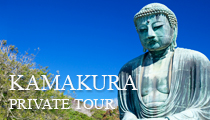 |
If you would like to take a 1 day Tokyo Private Tour, click Tokyo Private Tour.
We will design your own tour of Tokyo or the surrounding area of Tokyo (Kamakura, Nikko, etc) with an English-speaking licensed tour guide.
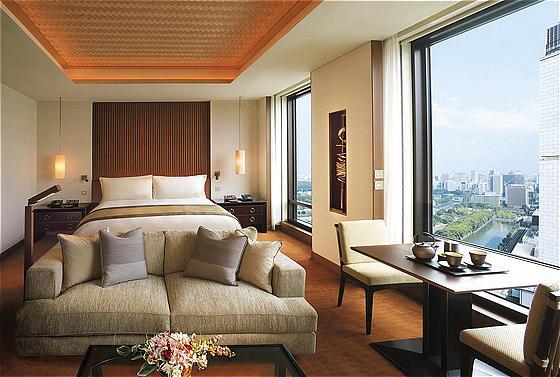 Tokyo Luxury Hotels
Tokyo Luxury Hotels